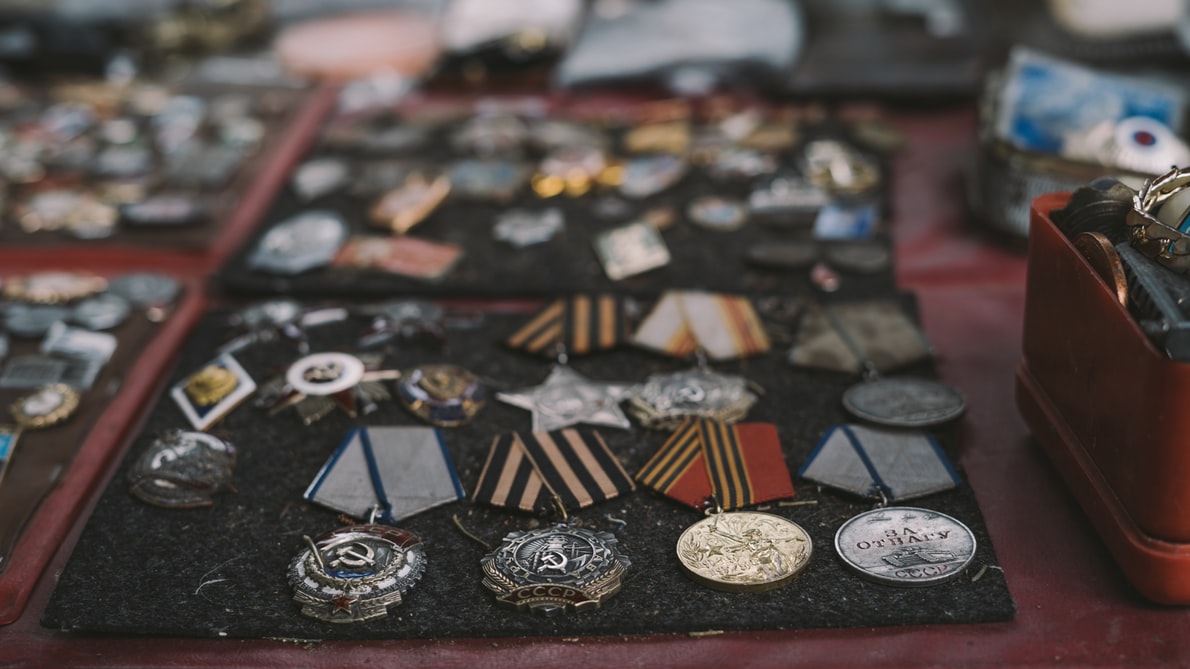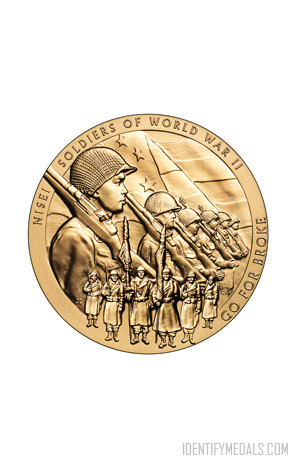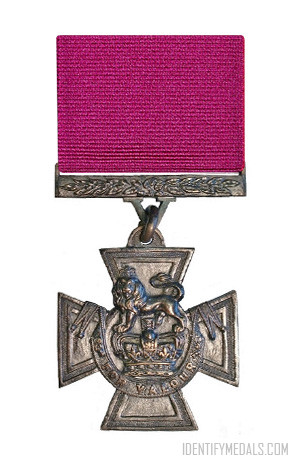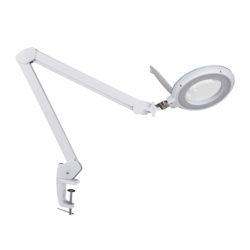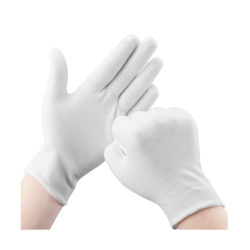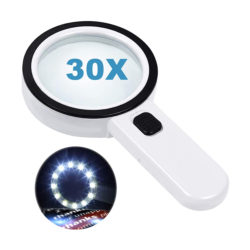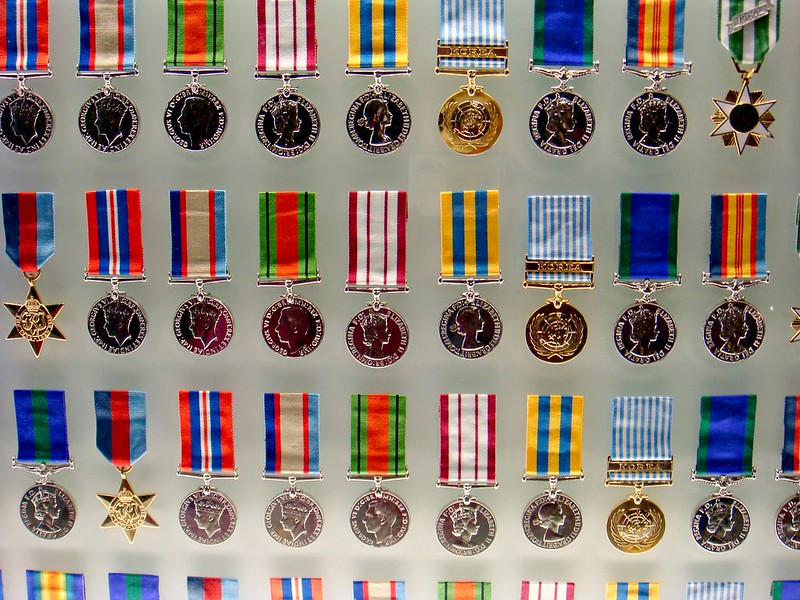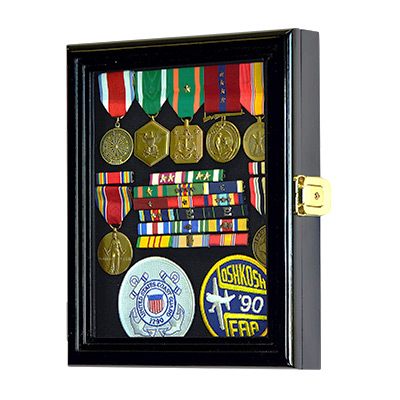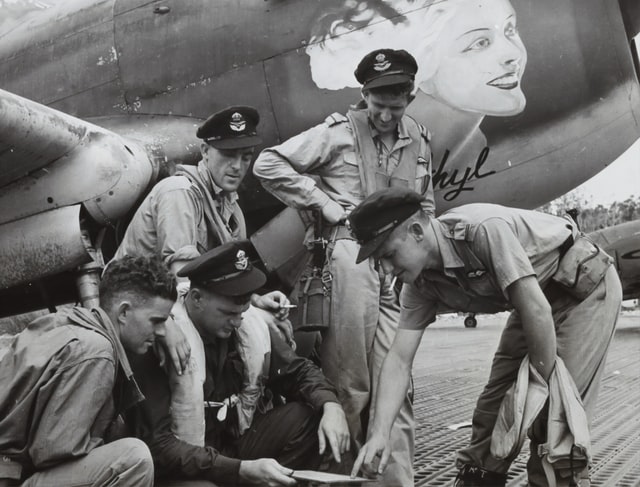The reason many of us collect military medals is because they allow us to discover not only major historical events, but also people’s experiences in such extreme circumstances. They help us appreciate the value of the sacrifices soldiers have made all around the world and, unlike coins which are created in large numbers, they relate to a person’s particular path.
It’s hard to determine the worth of such objects, but the monetary value is something we can calculate based on scarcity and other similar factors. In this article we’ll go through them one by one.
The Value of a Military Medal
Military medals hold various forms of value. For instance, there’s their bouillon value, sentimental value, and collector value, to their insurance value. So, let’s delve into these to see how they contribute to the overall significance and worth of military medals.
Bullion Value
The bullion value of a military medal or award is the value of the metal with which it has been made, for example silver, gold or platinum. The bullion value is measured in dollars and per ounce, although the number can vary on a daily basis as is the case with all precious metals. The bullion value is not the final value of a medal, but only that of its material.
The first thing you need to is to find the fineness of the metal. For gold, the quality is measured in karats, which refers to the purity and ranges from 1 to 24. You can get its percentage purity by dividing any of these numbers by 24. For example, if you have 24K, you get 1.0 which means 100% pure gold.
Once you have this value, all you need to do is weight the medal (in grams) and multiply this value by the metal’s fineness. Then, multiply the result by the daily metal price. If you were to melt your medal, this would be its bullion value. You can use:
Sentimental Value
A medal, especially one that has been in your family for generations or was given to you by a person you care for, can be priceless. Therefore, this value cannot be measured in terms of money.
These medals often represent the bravery, sacrifice, and service of individuals and are cherished as treasured heirlooms, carrying profound meaning and memories. Many medal collectors (me included) consider themselves as the current custodian of a medal, rather than the owner. This fact actually offers comfort to those that have to part with their family heirlooms.
The medal with the highest bullion value is the Congressional Gold Medal, awarded by the United States Congress.
Collector Value
When a medal hasn’t belonged to a family member, we consider it as part of a ‘secondary market’. These medals tend to change hands frequently and usually hold a current market value. In other words, their price is calculated based on how much a collector wants them.
Nowadays, World War II medals can fetch as little as $5 to $10. The main reason is that these medals are usually unnamed and can’t be easily linked to a recipient. Others, however, have been issued in small quantities and have a higher collector’s value. In 2009, a Victoria Cross and Bar awarded to Capt Noel Chavasse for service in the First World War sold for over £1.5m.
Military medals are generally divided into two large groups: Those awarded for gallantry, and those awarded for taking part in a campaign.
Insurance Value
You calculate the insurance value of a medal based on how much you would need to pay to locate a similar one. This should include the time to locate it as well. The insurance value is not always easy to determine, so we will go into more detail in the next section.
The Victoria Cross holds immense appeal and is highly sought after by military medal collectors and enthusiasts.
Appraising a Military Medal
Appraising a military medal involves considering two key aspects: condition and provenance. Collectors and appraisers assess factors such as wear, damage, and overall preservation. Medals in excellent condition, with minimal signs of wear or damage, generally command higher values compared to those in poor condition. Furthermore, the more comprehensive and well-documented the provenance, the greater the potential impact on the medal’s value.
Condition
There are many factors that come in play when appraising a military medal.
The first one is the condition, whether its highpoints have any wear and the edges are free from nicks. A medal which has lots of wear, edge knocks or is fire damaged is worth less than one that is in an overall ‘good’ condition.
The medal grading terminology based on condition is as follows:
- Fine (F): Medal shows some slight wear, surface marks and edge knocks.
- Good Fine (G.F): Worn but shows clear signs of wear.
- Very Fine (V.F): Shows clear wear on high relief of medal but otherwise displays little wear.
- Good Very Fine (G.V.F): Shows very few marks or blemishes and/or deeply toned.
- Extremely Fine (E.F): Shows little wear if any at all.
- Mint (M): As close as possible to the condition in which it was issued by the mint.
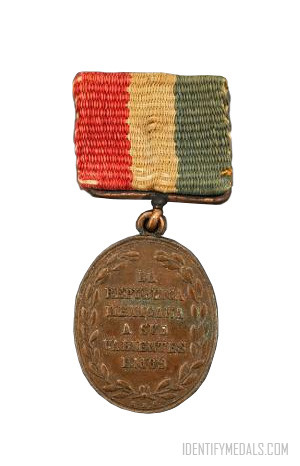
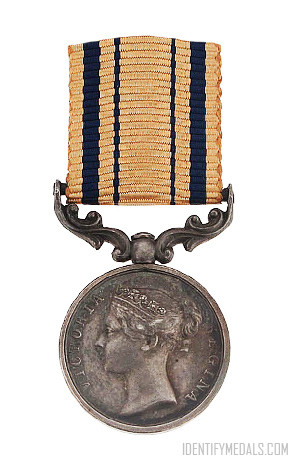
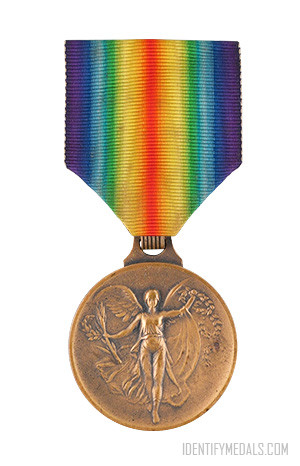
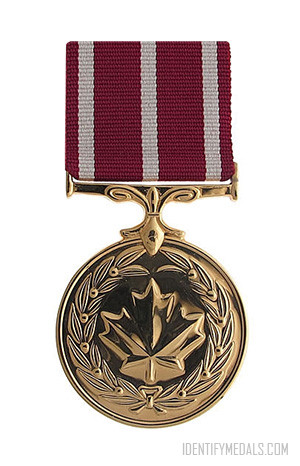
Provenance
Condition plays an important part in appraising a military medal, but what’s also incredibly important is its background.
What medal is it, and to whom was it given? How many of it were awarded, and how many are available? Does it have its original ribbon and box of issue? Is there paperwork to follow its provenance?
Collectors are particularly interested in the stories that led to the awards. This is why having documents or related ephemera can significantly add to a medal’s value. They help prove provenance, and create historical interest.
Some medals were issued in large numbers, which brings their monetary value down. This is for example the case of the British War medal – £10 because they were awarded to any British Empire combatant. The Victoria Cross, on the other hand, only counts with 1,357 medals in existence, making it the holy grail for collectors. Almost every VC from the First World War surpasses £100,000.
It’s hard to determine the worth of such objects, but the monetary value is something we can calculate based on scarcity and other similar factors.
Conclusion: The Value of a Medal
The combination of condition and provenance helps determine the overall value of a military medal.
An exceptional condition coupled with a well-documented and illustrious provenance can significantly enhance a medal’s worth. However, it’s important to consult experienced professionals, such as military medal experts or reputable appraisers, who possess the necessary knowledge and expertise to accurately evaluate and appraise these historical artifacts
Books About Collecting Medals
-

The Complete Victoria Cross: A Full Chronological Record
$10.85 Get it from Amazon -

British Military Medals – Second Edition
$20.31 Get it from Amazon -
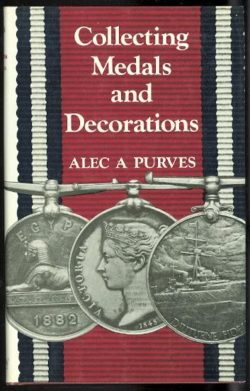
Collecting Medals and Decorations
$25.50 Get it from Amazon -
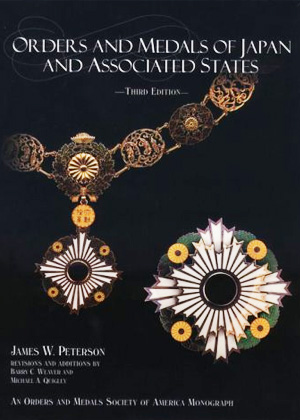
Orders and Medals of Japan and Associated States
$37.54 Get it from Amazon -
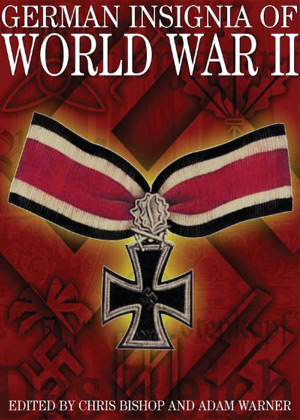
German Insignia of World War II
$13.95 Get it from Amazon -
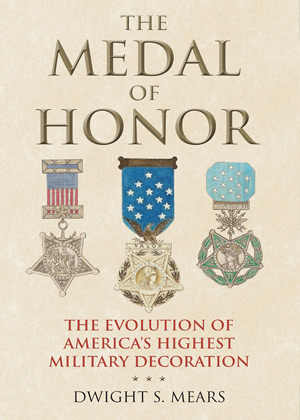
The Medal of Honor: The Evolution of America’s Highest Military Decoration
$39.95 Get it from Amazon
Display Cases and Collecting Accessories
-
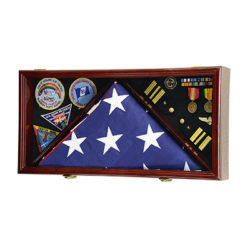
Large Memorial Frame Cabinet Shadowbox
$65.99 Get it from Amazon -
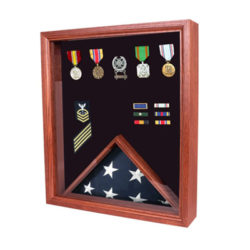
Memorial Display Case Storage Square
$89.95 Get it from Amazon -
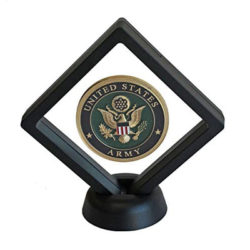
Floating Frame Transparent Shadow Box
$5.95 Get it from Amazon -
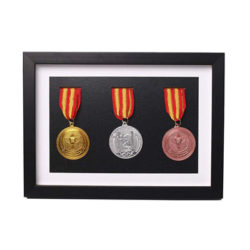
Solid Wood Medal Box Fits Three Awards
$43.99 Get it from Amazon -
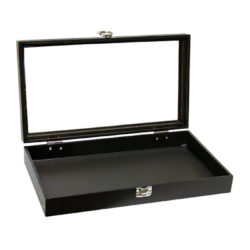
Lockable Storage Box with Glass Top
$23.98 Get it from Amazon -
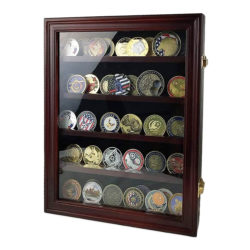
Military Coin Hanging Display Case
$57.33 Get it from Amazon -
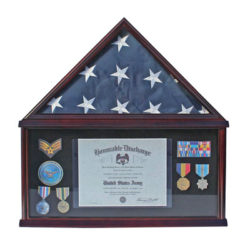
Memorial Display and Flag Case Storage
$139.27 Get it from Amazon -
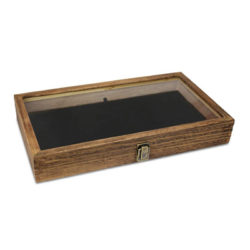
Medals Display Box in Natural Wood
$19.99 Get it from Amazon -
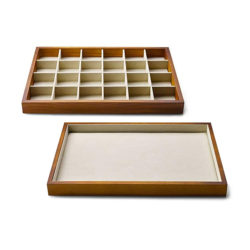
Flat Stackable Tray Drawer Organizer
$39.99 Get it from Amazon -
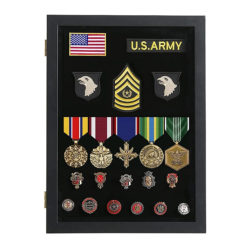
Pin and Badge Display Case with UV Protection
$73.20 Get it from Amazon

